Q+A With Craig Muder and His Hall of Fame Credentials
Shoot – thought I had a pretty cool job…..until I played “digital catch” with Craig Muder.

Holy Sultan of Swat. Craig has a 9-to-5 that makes grown men giggle. He’s the Director of Communications for the National Baseball Hall of Fame and Museum and five days per week swings for the fences in famed Cooperstown, NY. Tee Hee. He’s had this sweet gig for the past 16 years so let’s just say he’s been at the Hall for the long haul.
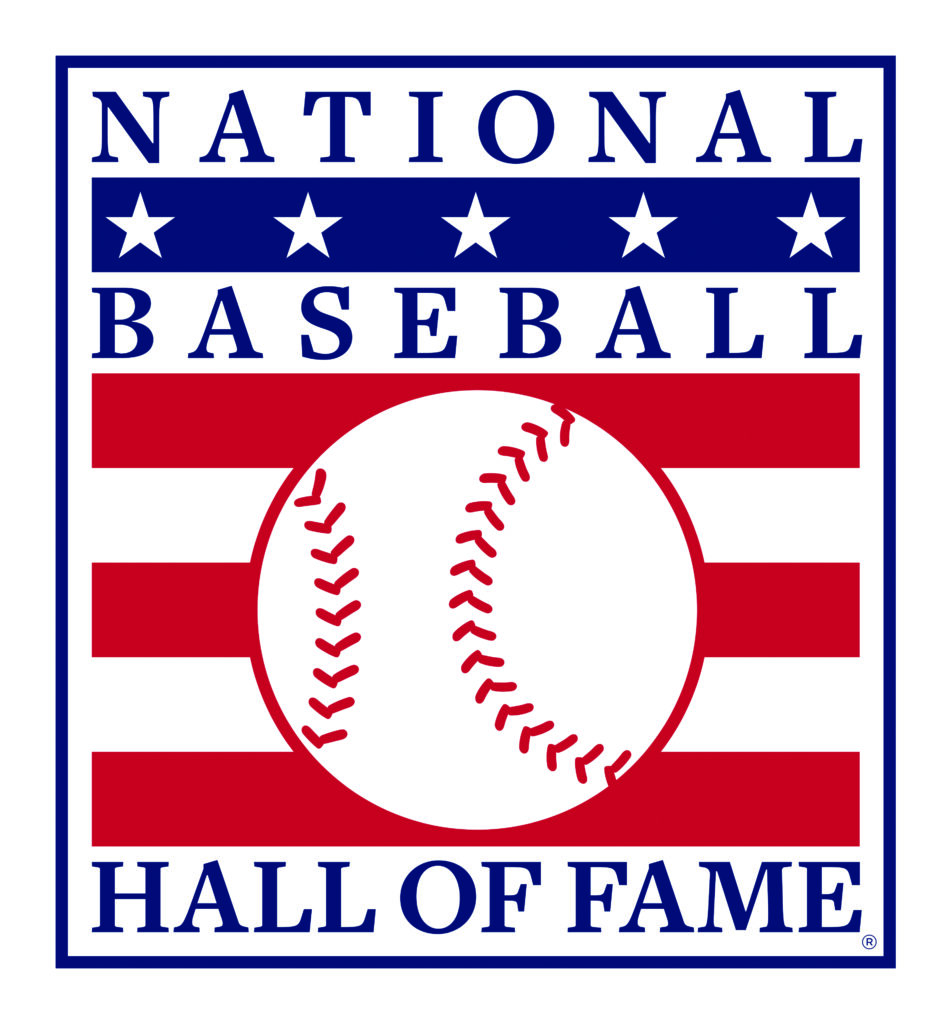
Quick backstory – in June of 2024 I made a vacation stop in Cooperstown to check off a bucket list item. Grand slam experience. Loved it. Beautiful building and magnificent displays that were Five-Star quality. Six hours well spent and I would do it again.
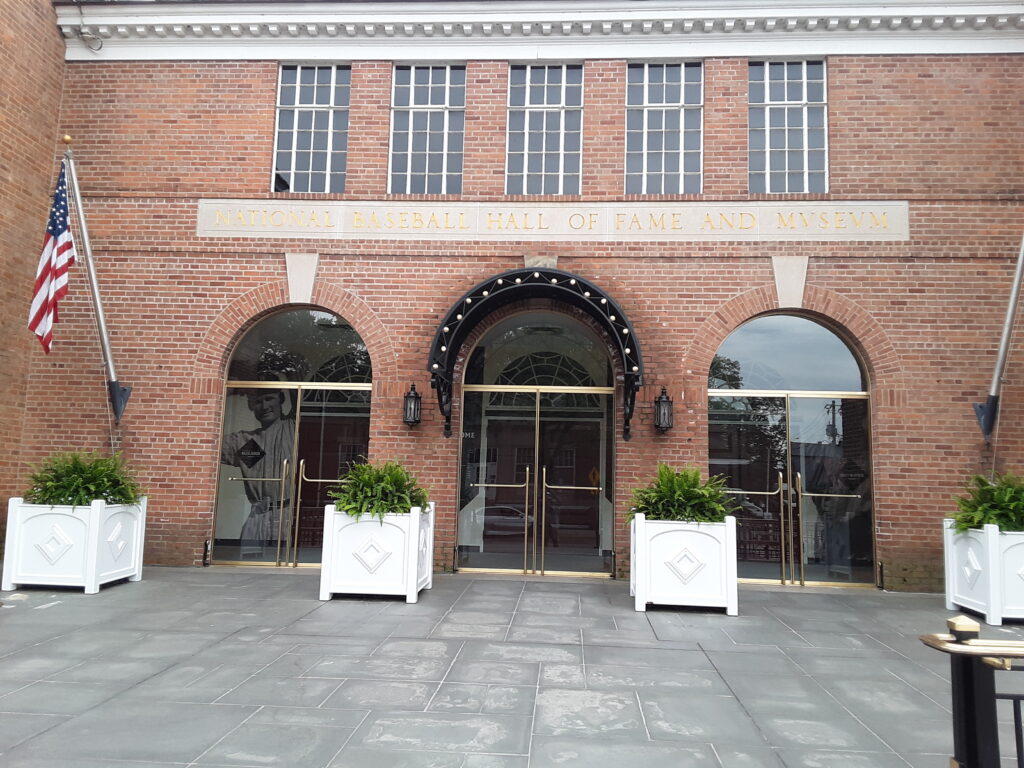
After returning to the Valley Isle and reviewing my photo gallery came the realization that I missed three iconic HOFers in the Plaque Gallery – Hank Aaron, Willie Mays, and Lou Gehrig. Fielding error. So I sent an e-mail to the HOF website and asked if an “intern” would do me a favor?

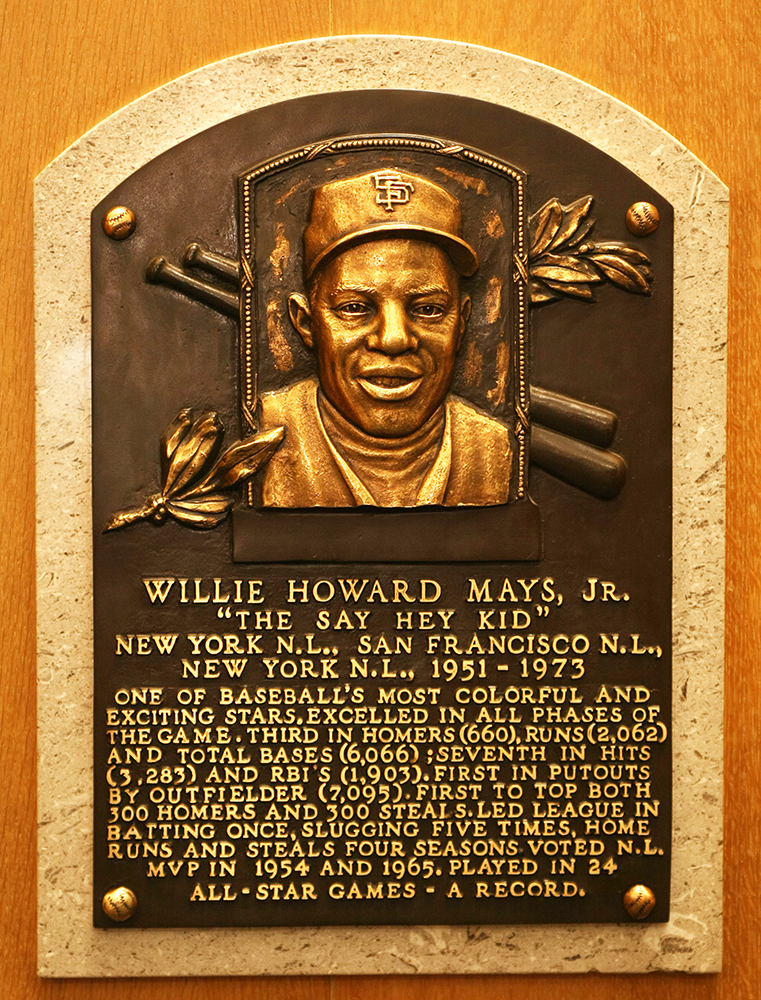

Intern, schmintern. Within 45 minutes I got a friendly reply from Craig Muder with all three plaques attached. I was so impressed and asked him if he would be interested in doing a Q+A with me. He said YES. It became a “Muder, He Wrote” moment (young people might not get this reference?). Batter up:
RGR: Where were you born and raised?
CM: Born in New Castle, Pa., and raised just over the Ohio/PA line in Hubbard, Ohio.
RGR: College and major…did you play sports?
CM: Kent State University, majored in telecommunications. Didn’t play sports after my last year of Babe Ruth baseball in 1983. I did not have those gifts!
RGR: Kent State athletes are known as the Golden Flashes. What is a Golden Flash?

CM: It’s a bird of prey…or a lightning bolt, depending on the logo. Kent State’s had some great baseball players, including Thurman Munson and Steve Stone.
RGR: What did the kid from Hubbard want to BE when he grew up?
CM: From the time I was 10 years old, I wanted to be a baseball broadcaster. I knew from the time I was 10 years old I was not going to play baseball for a living, so if I was going to stay around the game I loved there was going to have to be some other way. I figured if I couldn’t play baseball at a high level, I might be able to talk about it! Changed my tack a little in college when I discovered I had an aptitude for writing (there were many more jobs covering MLB for newspapers than radio MLB jobs at the time). My sophomore year, we had to take a newswriting course. First assignment was to write about a significant moment in your life. I turned in a story about a health scare I had. The professor was a former Gannett Newspapers editor who was known to be tough. The day after I turned in the assignment, he called me into his office – a little five-by-five cubicle. He shut the door and I thought: He’s gonna read me the Riot Act. But instead, he looked at me and said: “You, sir, are one helluva writer.” He had me then!
RGR: You say baseball is your favorite sport, why?
CM: My favorite team, the Pirates, won the World Series in 1979 when I was 10 years old. That Christmas, my parents bought me a World Series encyclopedia. I quickly read through the stories and box scores, and soon found that I had unintentionally memorized all the World Series results. It was the first thing that I could do that other kids my age could not do: Recite the World Series winners. I fell in love with the game’s history.
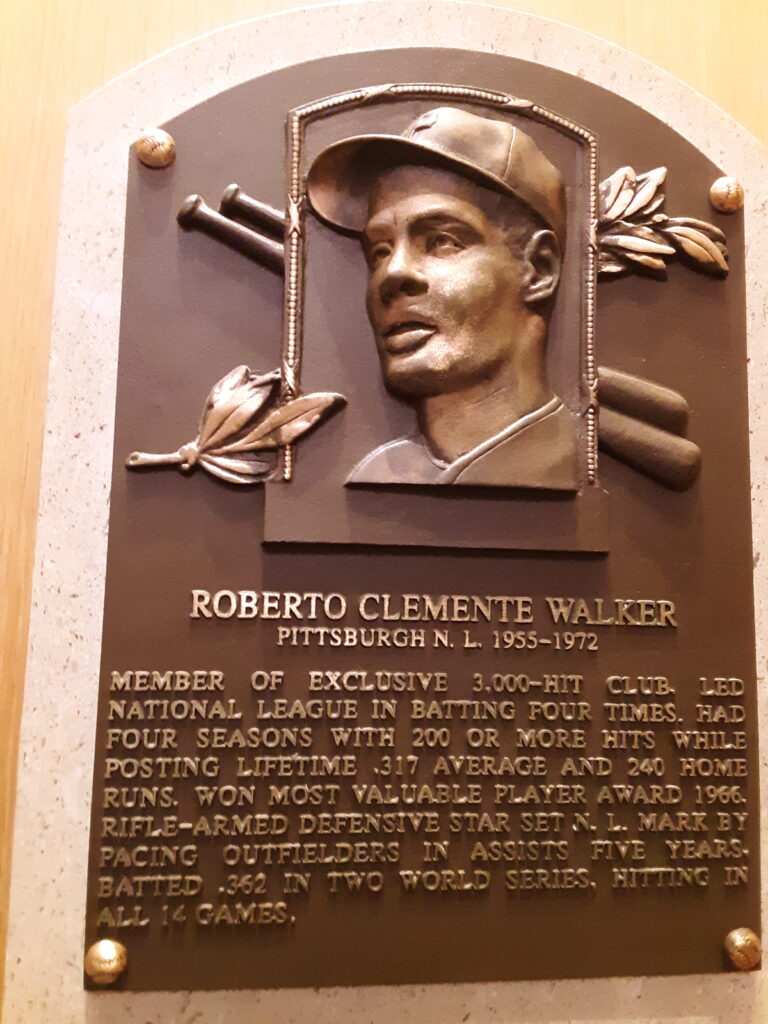

RGR: What were the circumstances that led you to becoming the Sports Editor of the Observer-Dispatch in Utica, New York?
CM: I was the sports editor of a paper in Ashtabula, Ohio, for about four years (I was hired right out of college as a sportswriter). I enjoyed it there but it was a small paper. The professor who put me on the path to writing at Kent State knew the executive editor at the Observer-Dispatch from their days in Gannett. The Observer-Dispatch was looking for a sports editor and the executive editor reached out to my professor asking if he knew of any viable candidates. Ironically, I had applied to the Observer-Dispatch for a sportswriter job the year before but was turned down without an interview!
RGR: How did you transition from Sports Editor to the Director of Communications at the National Baseball Hall of Fame and Museum? Did you get a call for an interview, did you know the right people, what is a challenging move to go from the journalism side to the public relations side?
CM: I got to know the public relations folks at the Hall of Fame by covering Hall of Fame events for a decade with the Observer-Dispatch. I never really thought working here was a possibility but one day the Hall’s director of communications, who was about to be promoted to Vice President of Communications, called me and asked me if I’d like to talk about this job. I jumped at the chance. I knew I could handle the writing but had never done PR before. But at my first Induction Ceremony in 2008, I was standing behind the induction stage when Phil Niekro was introduced to the crowd (as the first of the returning Hall of Famers). I had met him a couple times but he really didn’t know me. He got to the top of the stage (at his seat), looked down and saw me and gave me this smile and wink. At that point, I knew it was going to be OK. Sounds corny, but Phil made me relax and I knew this was where I was meant to be.

RGR: How long have you been the Director of Communications? Do you have a staff and summer interns?
CM: I’ve been the director of communications for 16 years. We have summer interns (usually 3) and there are about four other full-time folks in the department.
RGR: What is your average day like? Duties? Who is your boss?
CM: On any given day, I spent about a quarter of my time producing our Official Hall of Fame Magazine, Memories and Dreams, that is distributed to our Members. The rest of my time is occupied by writing stories for our website, answering media questions, prepping bios on Hall of Famers, getting ready for election cycles, editing our Yearbook and other publications and generally editing copy. Much of the copy that goes through our organization is either written by or edited by me. My boss is Jon Shestakofsky, our vice president of communications and education.
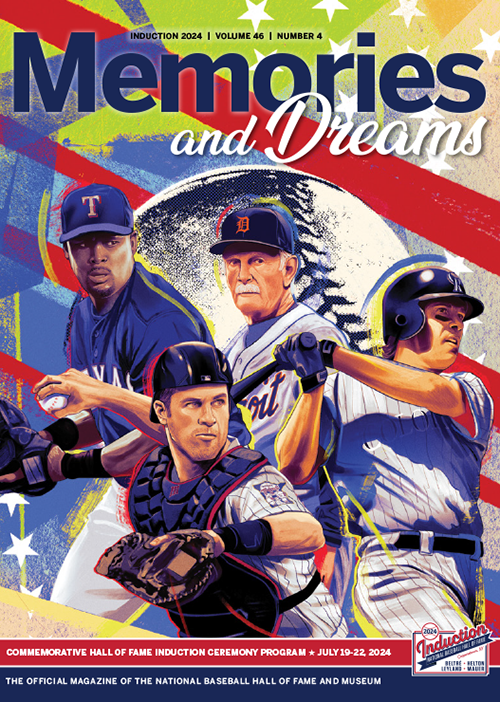
RGR: What are your favorite parts of the job?
CM: Writing… with a close second giving VIP tours to former players and others who come through the Museum.

RGR: What are the most challenging parts of the job?
CM: As part of public relations duties, we answer visitor inquiries. As you can imagine, lots of folks have opinions about who should be in the Hall of Fame. We have to let people know that only one percent of all players who have ever played the game have been elected to the Hall of Fame. That means you can be in the two-percent club – meaning you are better than 97 percent of all players who have ever played the game – and still not be a Hall of Famer. That’s a tremendously high standard. But one that we are proud to uphold.

RGR: About how many visitors does the National Baseball HOF and Museum welcome each year?
CM: About 275,000, two thirds of whom visit between June 1 and August 31.

RGR: Is down-the-street Doubleday Field a part of the HOF experience or is it a separately run entity?
CM: Doubleday Field is owned and operated by the Village of Cooperstown, not the Hall of Fame. But we host many events there.

RGR: Is there a consensus “favorite section” that fans/attendees comment about? What kind of feedback does the HOF get on a daily/weekly basis?
CM: The Diamond Dreams exhibit, which tells the story of women in baseball, is always a favorite, as is Shoebox Treasures (about baseball cards). Our feedback is overwhelmingly positive – it’s a privilege to work somewhere where people smile when they enter and smile when they leave.


RGR: Can you tell us interesting stories about fans who have walked through your doors?
CM: We’ve had marriages in the Plaque Gallery, and every day someone visits who has planned the trip for a lifetime.
RGR: Can you tell us a couple fun/off-the-cuff/memorable stories about certain players and inductees you’ve met over the years?
CM: I still get chills when Ozzie Smith gives me a hug every Induction Weekend when I see him. I never thought I’d ever experience something like that. If I could go back to my 10-year-old self and tell him what was going to happen in his life, I don’t think he’d ever believe me. But it was that 10 year old who set in motion everything I enjoy today.

RGR: Who is your favorite baseball player of all time?
CM: Willie Stargell – I got to meet him a couple times before he passed away in 2001. Wonderful man.
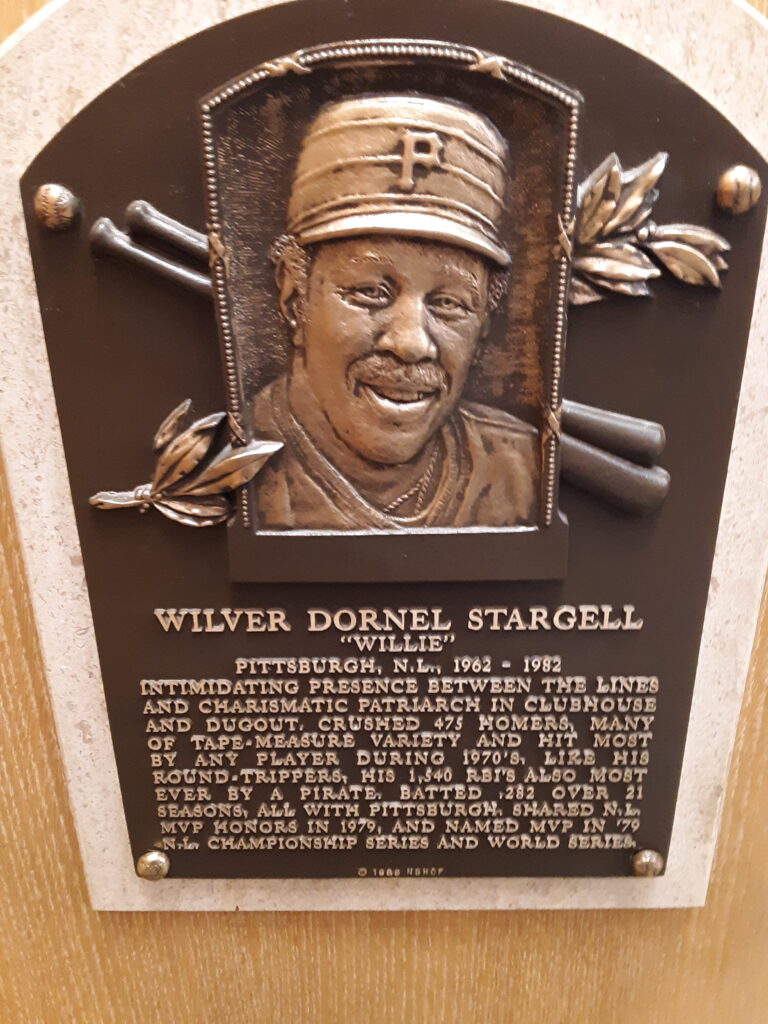
RGR: What are your hobbies?
CM: Watching baseball (and football and hockey), working around the house and gardening.
RGR: Family information you would like to share?
CM: Wife and I married 33 years, two adult daughters.
RGR: Do you live in Cooperstown or a nearby burb?
CM: We live about 45 minutes north of Cooperstown.
